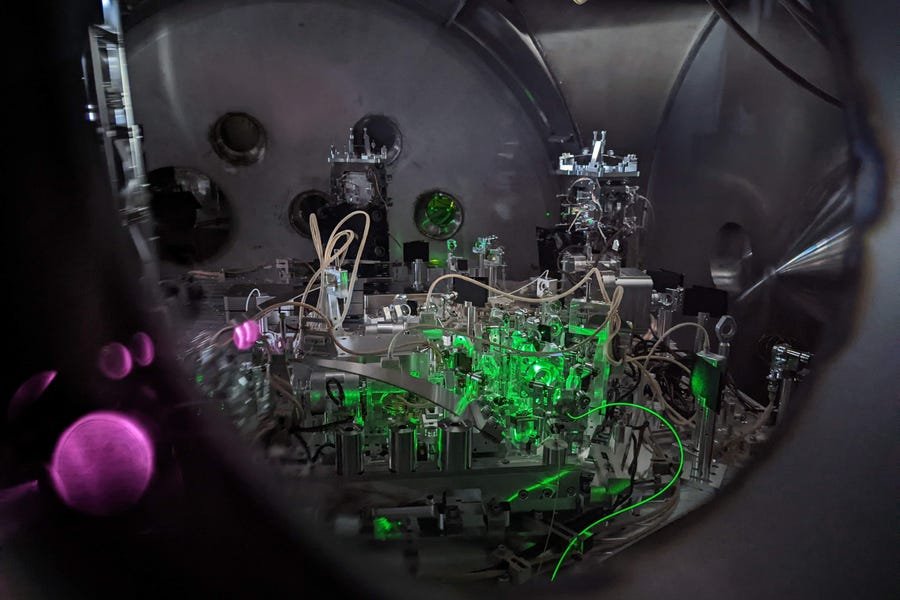There’s a quantum limit to how precisely anything can be measured. By squeezing light, LIGO has now surpassed all previous limitations.
In the quest to detect gravitational waves, there are a number of obstacles that — no matter how hard we try — continue to stand in our way. Since 2015, with the advent of first the advanced LIGO detectors and then later, the Virgo detector, humanity has directly detected gravitational waves from a particular set of sources: merging stellar-mass black holes, merging neutron stars, and (perhaps) merging black hole-neutron star pairs. More recently, a different technique, leveraging pulsar timing, has discovered a cosmic “hum,” or the sum of all background gravitational wave signals with a much longer timing period.
Nevertheless, there are still limits to what we can do with current technology.
- We’re frequency-limited, meaning that we can only detect sources from systems that strongly emit gravitational waves with a specific, narrow range of orbital periods. (This is why LIGO is only sensitive to relatively low-mass sources.)
- We’re limited by the seismic noise floor of Earth, as subterranean vibrations, even due to the subtle phenomenon of plate tectonics, prevents terrestrial detectors from seeing signals below a certain (strain) amplitude.
- And we’re limited by the laws of physics themselves, which prevent us from knowing all properties of any signal simultaneously, even within our own detectors.
While much of the attention on gravitational wave detection has focused on getting as close to the theoretical noise floor of our detectors as possible, a remarkable advance has just occurred on that last front: surpassing the standard quantum limit for signals in our detectors. Here’s the science behind how it was done.
There are two main aspects to understand as background for this achievement. The first is how gravitational wave detectors like LIGO and Virgo work…

